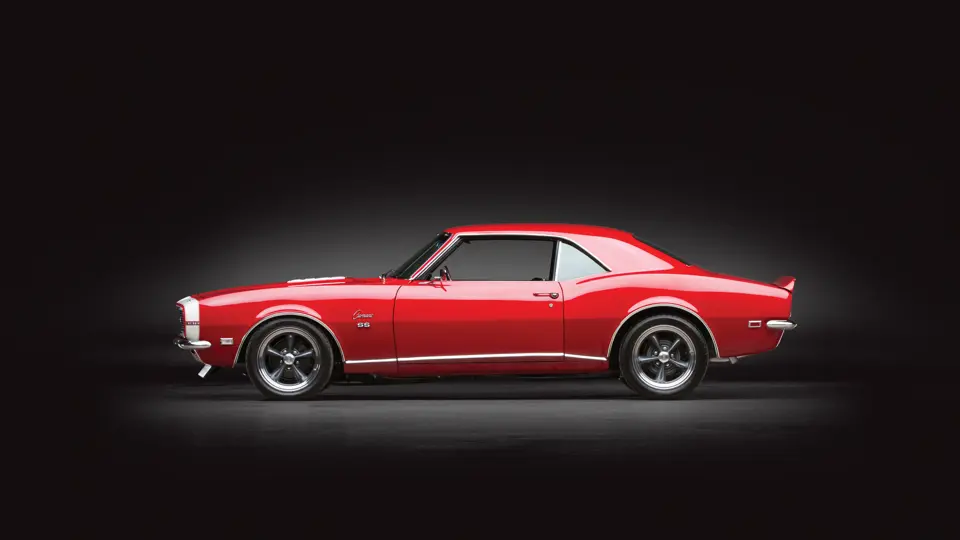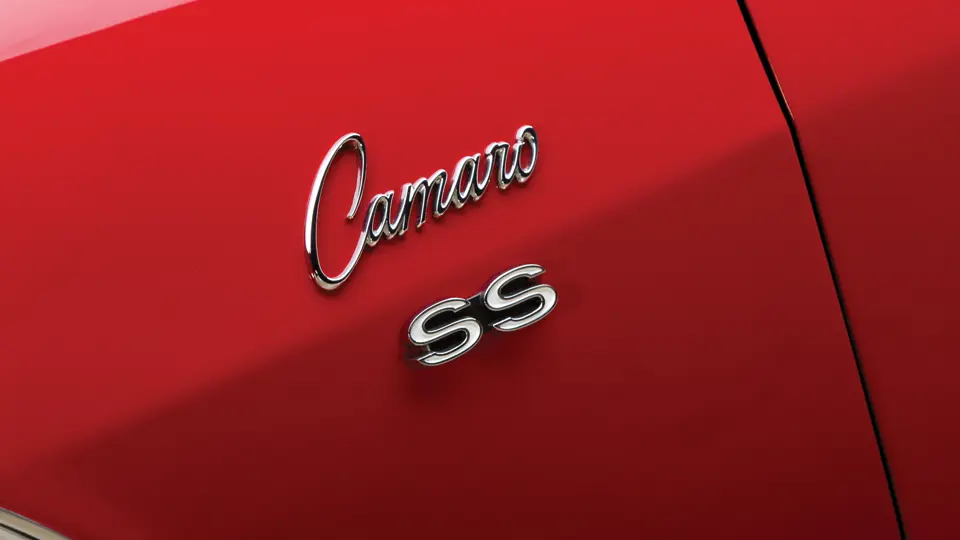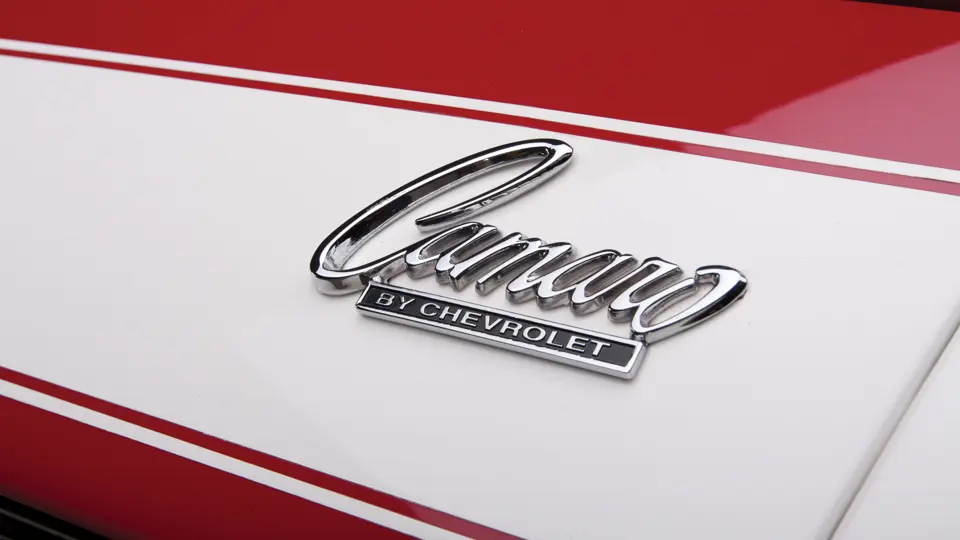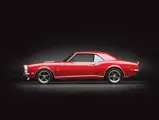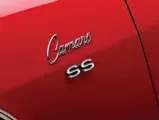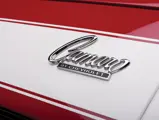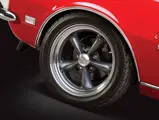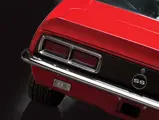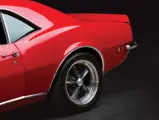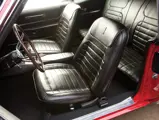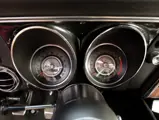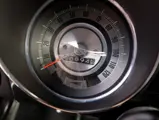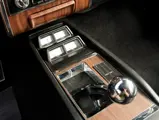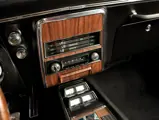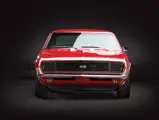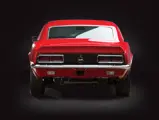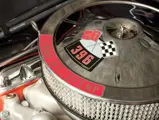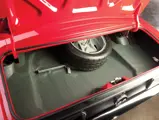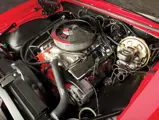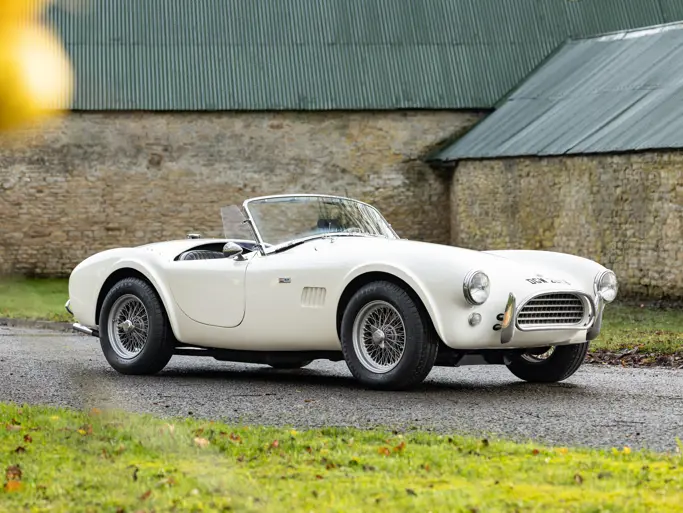375 bhp, 396 cu. in. OHV V-8 engine with a single four-barrel carburetor, Muncie four-speed manual transmission, front and rear suspension with Hotchkis springs and KYB gas shocks, live rear axle with semi-elliptic leaf springs, and four-wheel power disc brakes. Wheelbase: 108 in.
Chevrolet wanted a slice of the muscle car market, so they introduced the Camaro in 1967 and offered it with a plethora of options, which allowed their clients to customize their cars to their exact tastes and choose from engine options that ranged from a 230-cubic inch inline six to the legendary Chevrolet 427 V-8. For its second model year, the Camaro remained largely unchanged, except for new front and rear side-marker lights and ventless door glass.
Even though the 1968 Camaro presented here looks to be factory-correct from the outside, it was actually the subject of several performance modifications during its full restoration. The installation of Hotchkis springs and KYB gas shocks in the front and rear allowed the front end to be lowered by two inches, while the rear was dropped by 1.5 inches. Modern power disc brakes with Phil Schmidt Engineering aluminium wheels and modern tires sit at all four corners of the vehicle, helping to put the Camaro’s power on the ground. The period-correct 396 was rebuilt by Richard Childress Racing in Welcome, North Carolina, and includes an upgraded camshaft, forged 10.1 compression pistons, and a block that was bored to 0.30 to provide slightly more power over the stock 375 horsepower.




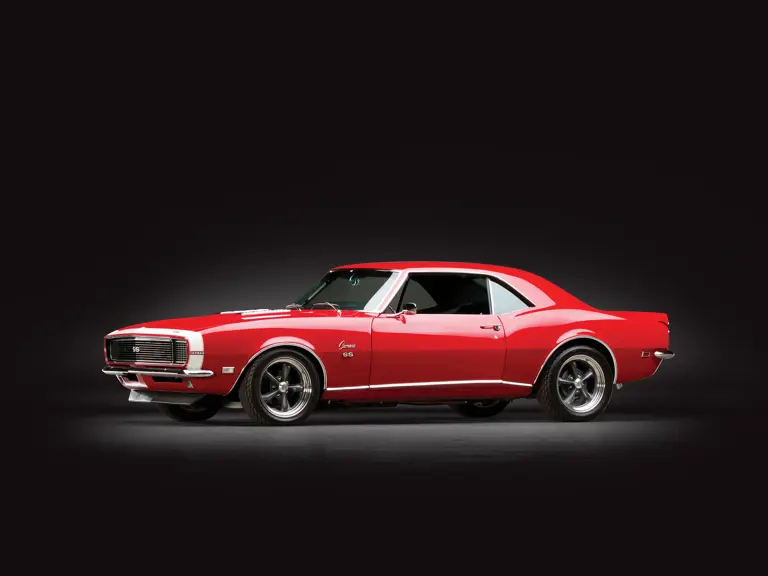

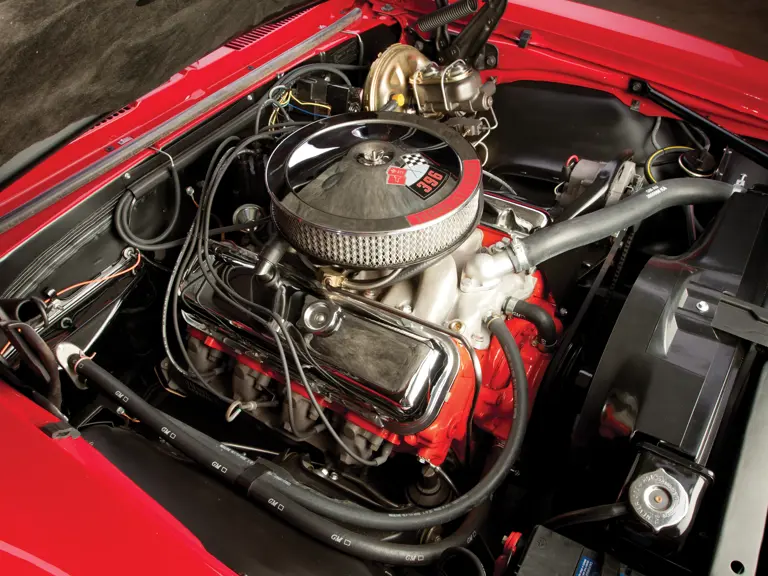
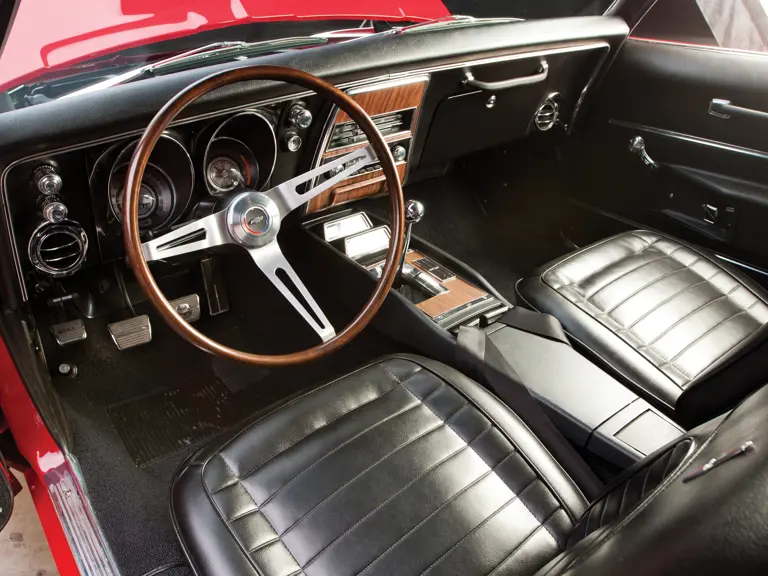

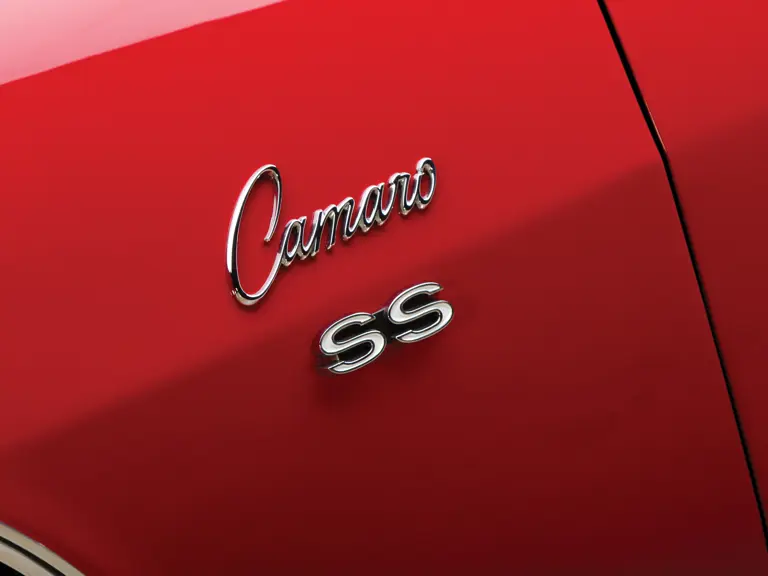

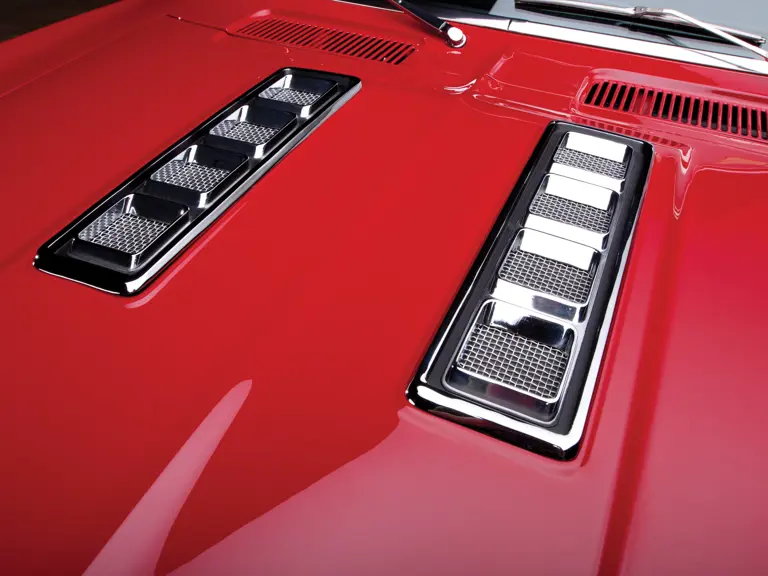
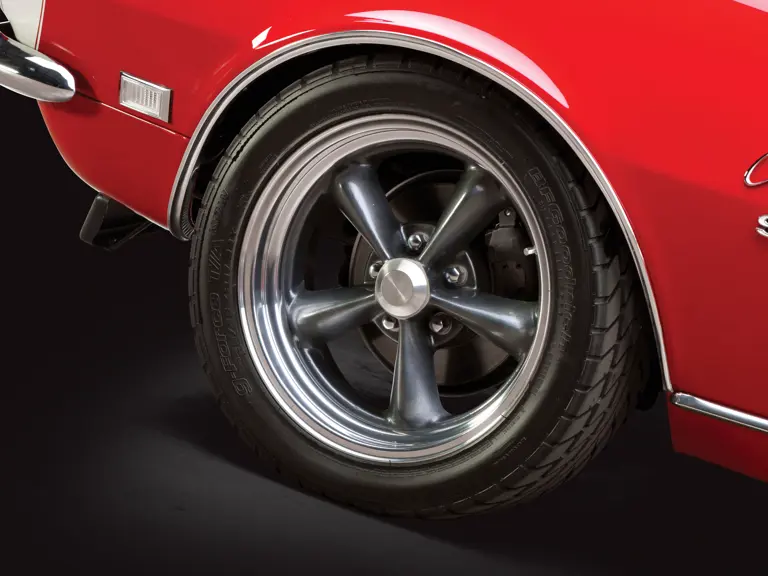
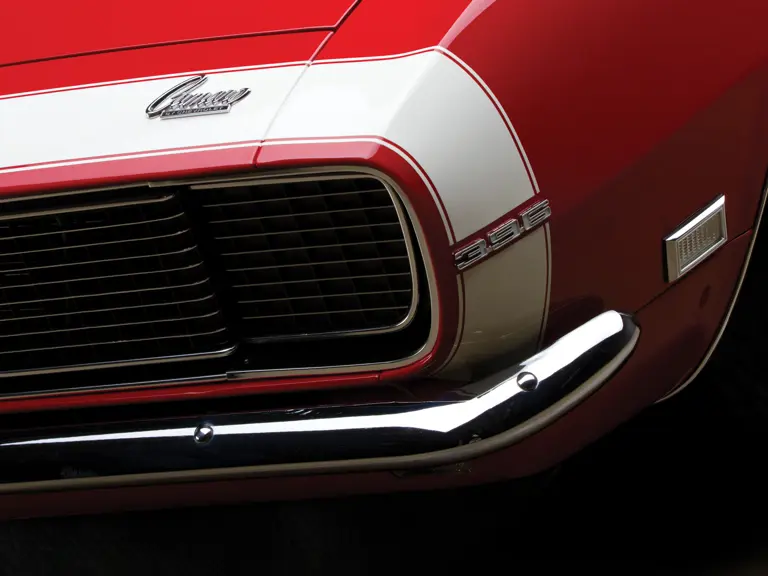
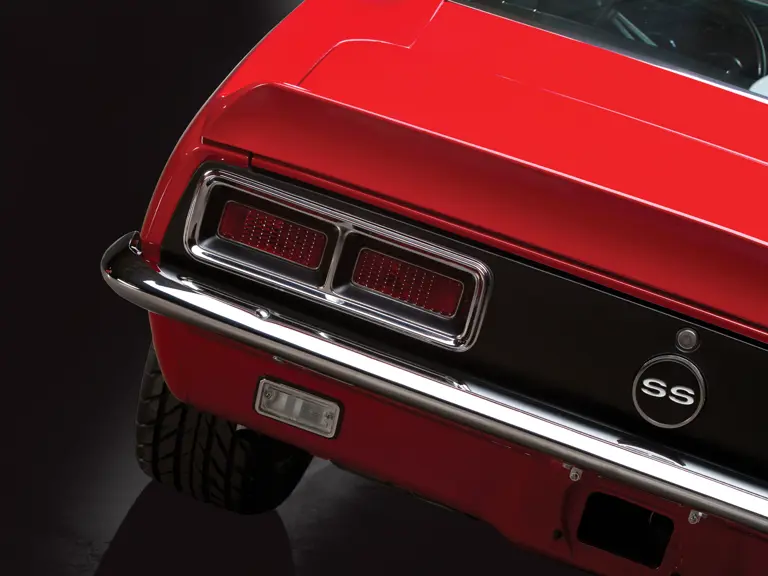
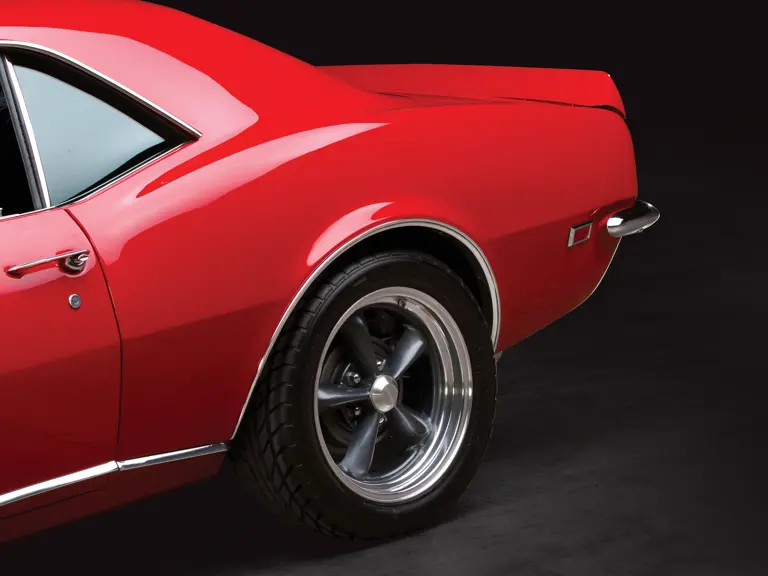
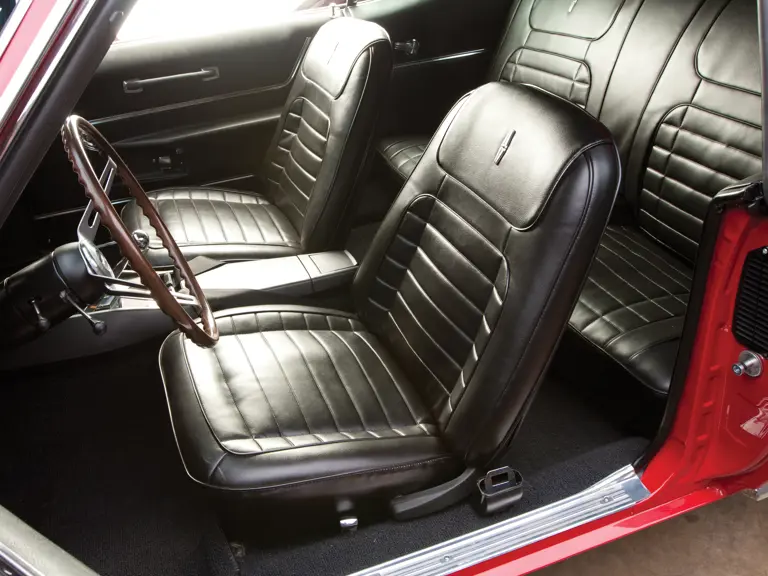
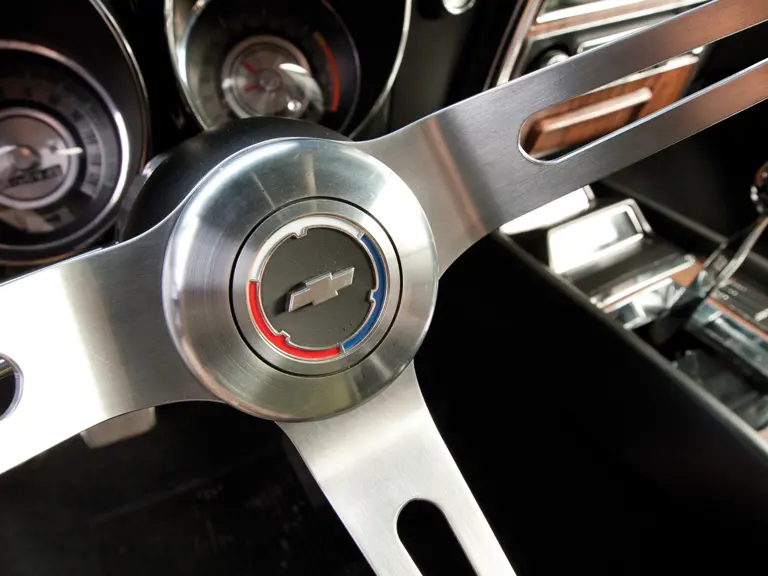
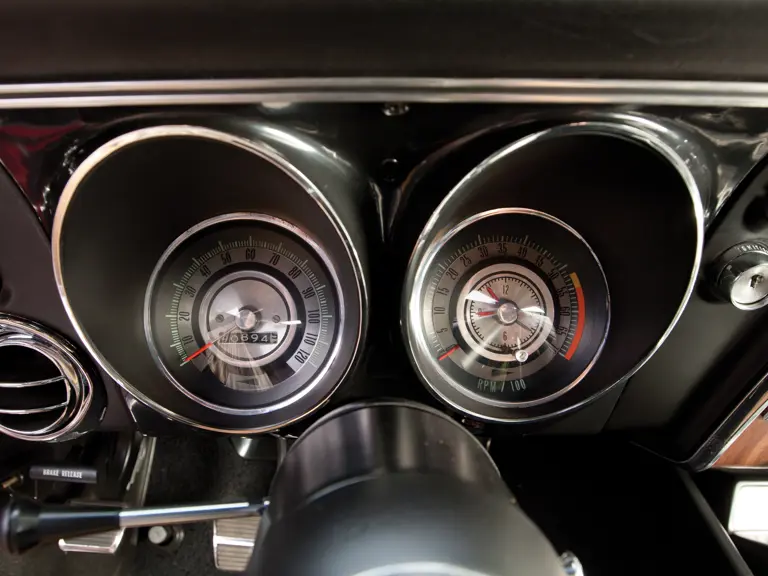
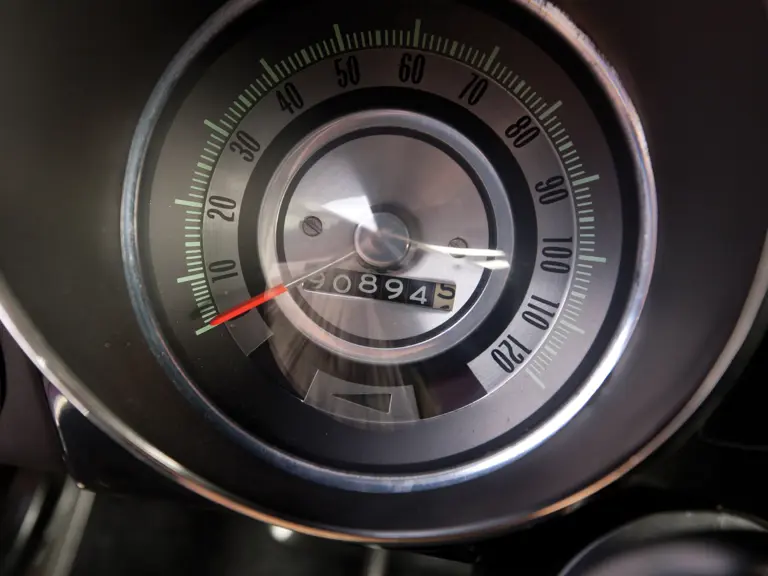
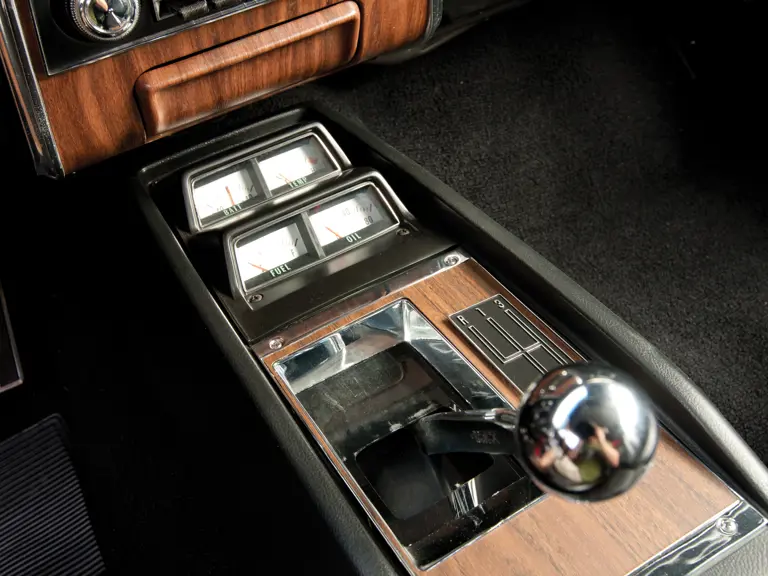
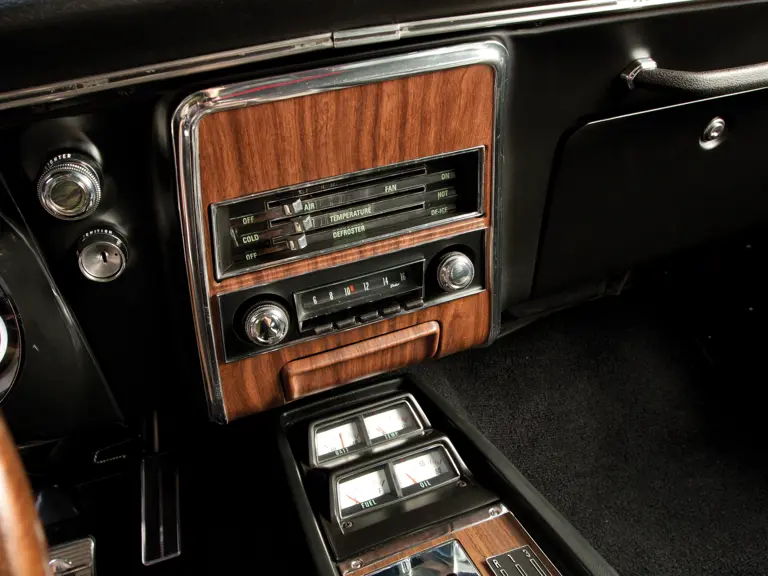
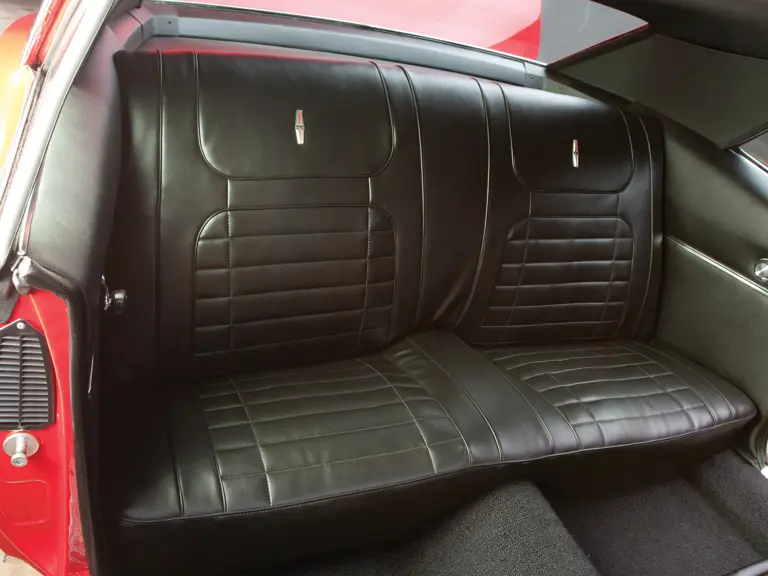
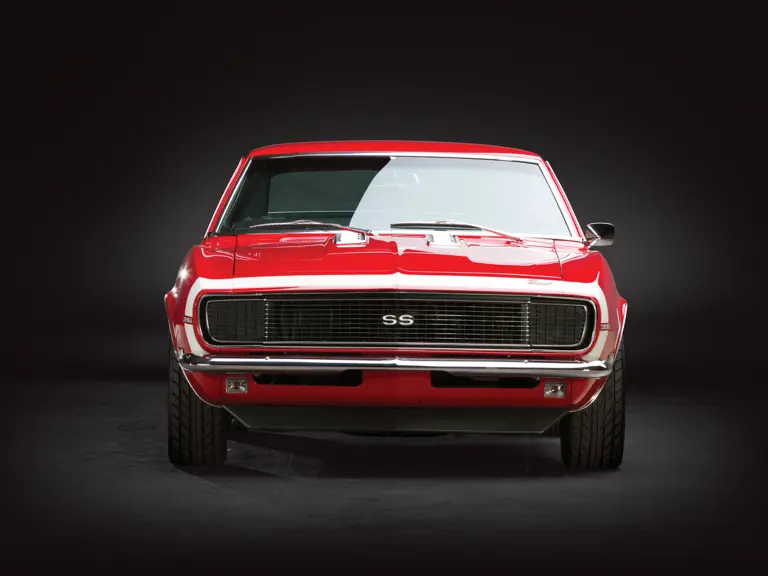
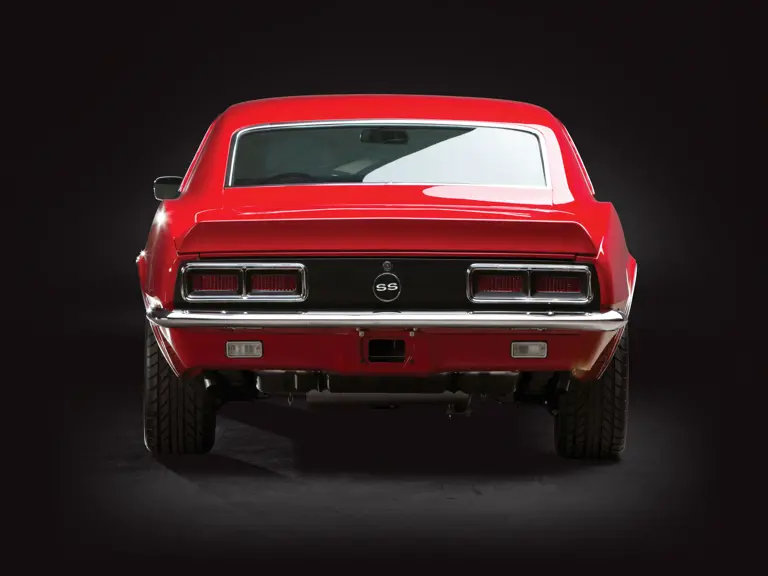
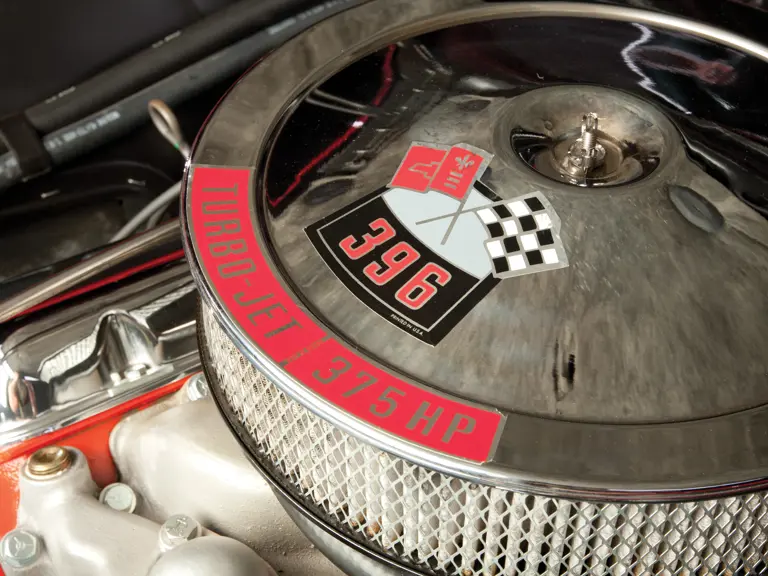
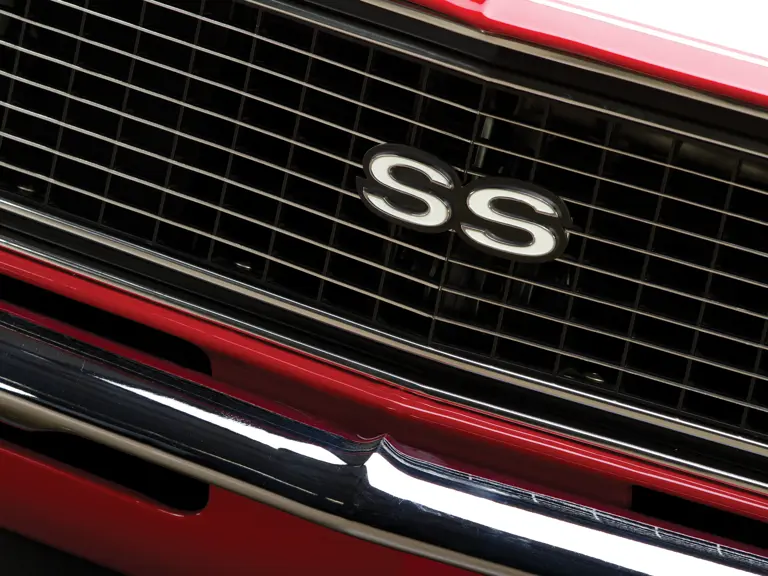
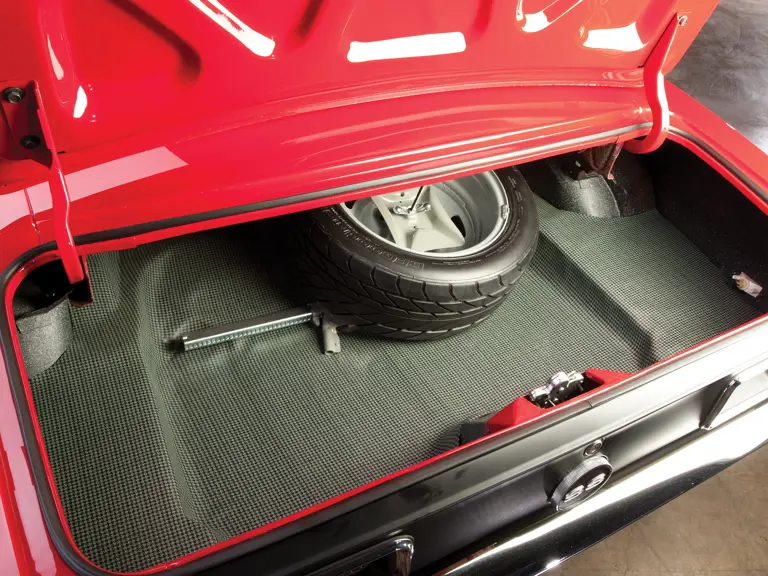
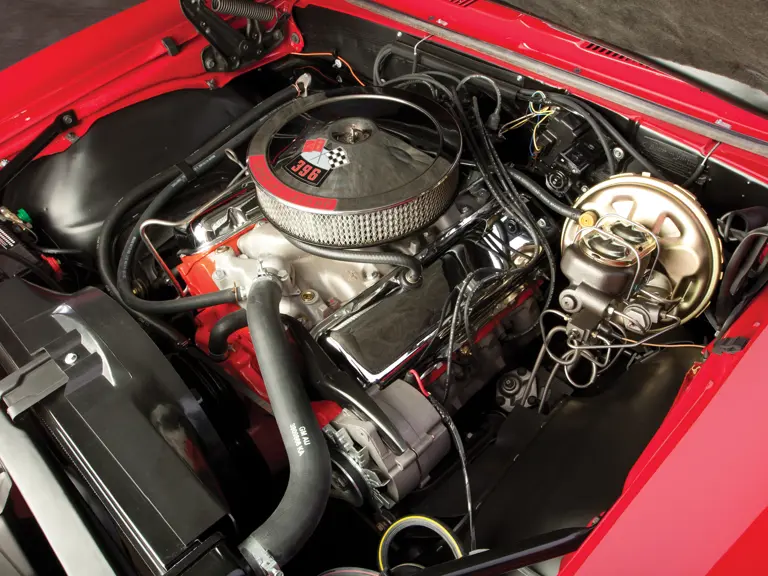
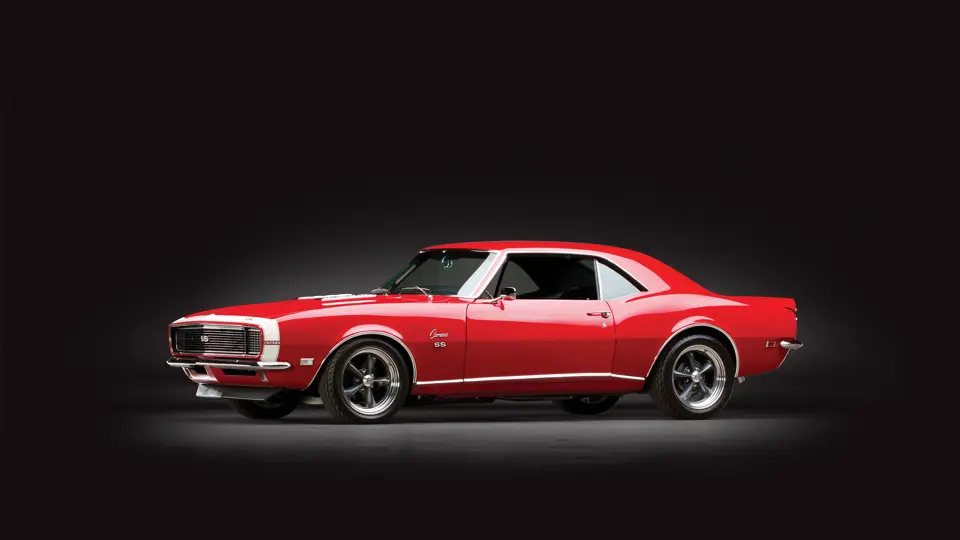
 | Farmer's Branch, Texas
| Farmer's Branch, Texas
